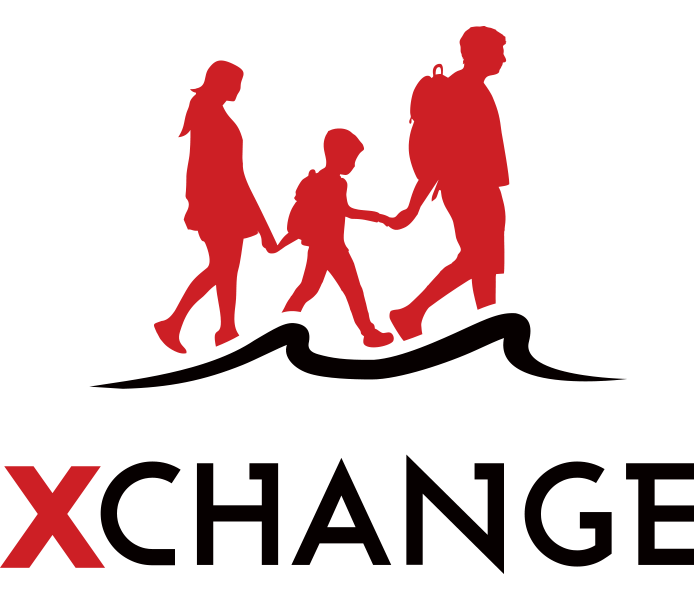The Conference of the Parties (COP) is a key annual meeting that brings together nearly 200 countries to address climate change and implement strategies to meet global climate goals. These conferences are organised under the United Nations Framework Convention on Climate Change (UNFCCC), an international treaty signed in 1992 to combat climate change by limiting greenhouse gas emissions and helping countries adapt to its effects.
The Paris Agreement, a legally binding international treaty signed in 2015 during COP21(the 21st COP), was pivotal in climate negotiations. The agreement established the goal of limiting global warming to well below 2°C, and ideally 1.5°C, above pre-industrial levels. This agreement set the foundation for each country to submit Nationally Determined Contributions (NDCs) — individual plans outlining how to reduce emissions and adapt to climate impacts.
With climate change continuing to pose an increasing risk to vulnerable communities worldwide, COP summits have become essential platforms for negotiation, finance, and action. Now, COP29 has concluded in Baku, Azerbaijan, and it has set the stage for the future of climate finance, carbon trading, and the international approach to climate change mitigation.
COP29 was billed as the “finance COP,” focusing on climate finance — the financial support needed to help developing countries transition to renewable energy, strengthen climate resilience, and deal with the impacts of climate change.
COP29 in Baku
The 29th session of the Conference of the Parties took place in Baku, Azerbaijan, in November 2024 and brought significant controversy. As a major fossil fuel-producing nation, Azerbaijan derives most of its income from oil and gas. This raised concerns about a conflict [AS1] of interest and how the host’s economic reliance on fossil fuels could influence climate negotiations. Reports indicated a willingness to continue promoting fossil fuel production in response to economic incentives.
With over 1,700 fossil fuel executives attending, discussions on carbon reduction faced major political and economic hurdles. Critics worry this dynamic highlights systemic challenges in transitioning away from fossil fuels.
Key Issues
Several pressing climate issues were discussed at COP29, with climate finance, carbon trading, and last year’s discussions about phasing out fossil fuels being central topics. While there were some successes, key issues still need to be resolved.
1. Climate Finance: A Controversial Commitment
One of the most discussed outcomes of COP29 was the new climate finance goal. Developed nations agreed to commit “at least $300 billion annually by 2035” to support developing countries in addressing climate change. This financial package is intended to help these countries transition to renewable energy, strengthen their climate defences, and recover from climate-induced damages.
However, the agreement has left many developing nations bitterly disappointed. During intense negotiations, countries like India and Nigeria accused the COP29 presidency of rushing this deal without proper consent. There were disputes regarding fairness, transparency, and whether enough financial support would be provided.
Developing nations have asked for $1.3 trillion annually, as it is understood that they will need trillions of dollars to transition to cleaner economies and protect their populations from climate change. Most agree that a large chunk of this money must come from developed countries.
While the final deal fell far short of this request, civil society groups and other observers have also pointed out concerns about how this goal will be achieved and implemented.
The final climate finance text includes voluntary contributions and leaves unresolved the definition of what counts as “climate finance,” further increasing skepticism about whether the funds will ever materialize in meaningful ways.
2. Fossil Fuel Commitments and the UAE Dialogue
A significant battle during COP29 focused on “transitioning away from fossil fuels“ — a key goal established at COP28 in 2023. This effort aimed to phase out coal, oil, and gas use to align with the 1.5°C warming limit under the Paris Agreement.
Despite strong support from vulnerable nations and climate activists, COP29 ultimately struggled to build on last year’s commitment. Disagreements about how these goals should be pursued led to a lack of consensus on including them in the final outcome. Consequently, these issues will now need to be revisited during COP30 in Brazil in 2025.
This reflects a broader hesitation by some developed nations and oil-producing countries to commit to swift transitions from fossil fuels. Many climate experts criticised these last-minute negotiations, arguing they weakened the original commitments and deferred necessary climate action.
3. Carbon Trading: Article 6 Finalized After Nearly a Decade
A significant step forward came with the agreement on the remaining rules under Article 6 of the Paris Agreement. Article 6 covers carbon markets, mechanisms allowing countries to trade carbon credits to meet their climate goals. After almost 10 years of debate, COP29 successfully finalized the rules governing these markets.
Key points of Article 6 agreements:
- Article 6.2: Strengthened reporting and transparency requirements to ensure that carbon credits are correctly accounted for and do not lead to ineffective climate action.
- Article 6.4: Introduced a Paris Agreement Crediting Mechanism (PACM) to ensure carbon credits include sustainable development safeguards.
Although this agreement represents a step toward operationalising carbon trading mechanisms globally, concerns remain about whether these mechanisms will effectively reduce emissions. Civil society groups will focus on monitoring implementation and ensuring transparency.
4. Trump’s Reelection and Geopolitical Tensions
The shadow of President-Elect Donald Trump loomed large over COP29. Trump has promised to roll back climate policies and potentially pull the United States — one of the largest emitters of greenhouse gases — back out of the Paris Agreement if reelected.
Analysts have raised concerns that a Trump administration could add up to 4 billion tonnes of carbon dioxide emissions by 2030, making it harder to meet the 1.5°C limit. His policies would directly challenge the commitments and progress achieved at recent COPs.
These geopolitical tensions added complexity to negotiations, further deepening divisions between developed and developing nations on climate priorities.
Looking Ahead
While COP29 did produce agreements, the conference left many issues unresolved, including disagreements about climate finance, fossil fuel reductions, and national commitments. The failure to cement these agreements demonstrates how climate action faces political divisions, competing financial priorities, and growing geopolitical challenges.
As the world looks toward COP30 in Brazil and the years ahead, the focus will need to remain on equitable financial support, transparent climate action, and collective commitments to addressing the climate crisis.
These conferences remain a vital forum for international collaboration, negotiation, and hope.



